Premium Only Content
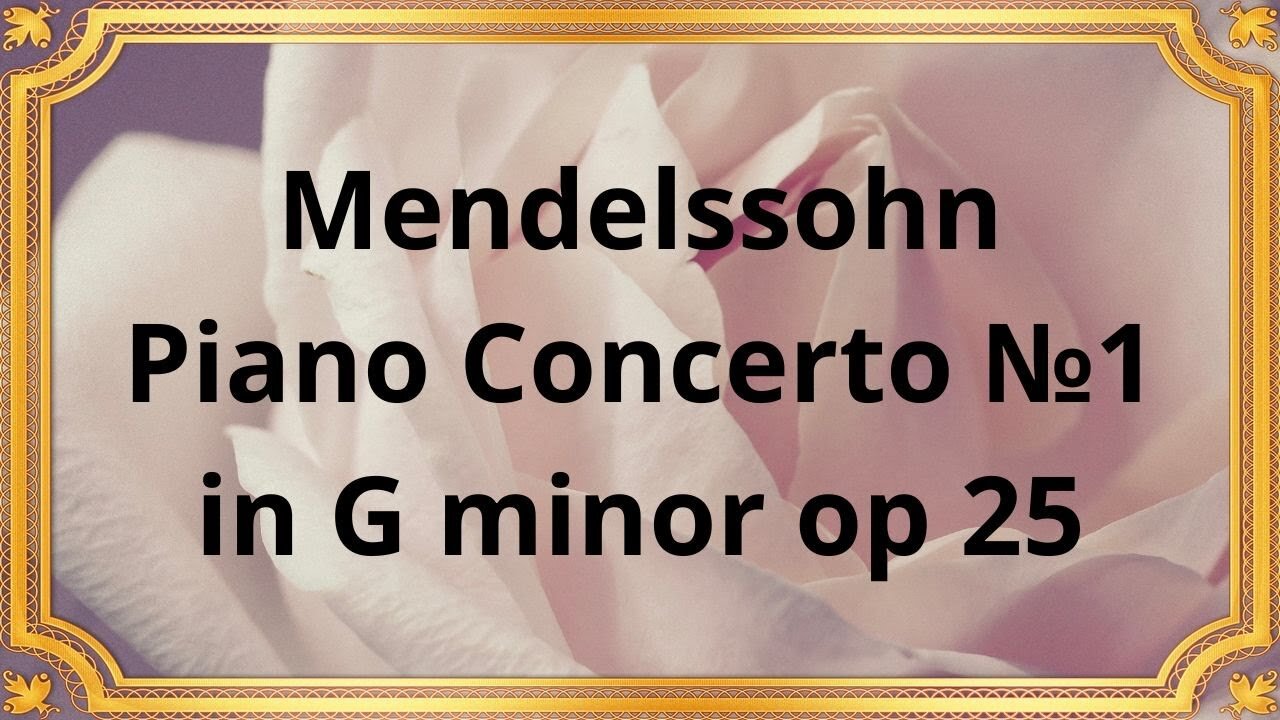
Mendelssohn Piano Concerto №1 in G minor op 25
#Mendelssohn#Chamber_music#Classical_music#Piano_Concerto#Musical_composition
Mendelssohn Piano concerto no.1 in g op.25
molto allegro con fuoco - andante - presto
Ania Dorfmann, piano
London Symphony Orchestra c.b. Walter Goehr
Ania Dorfmann (09.07.1899 - 21.04.1984): American pianist born in Odessa. Gave her first concert at the age of 11.
Walter Goehr (Berlin, 28.05.1903 - Sheffield, 04.12.1960): German conductor and composer, pupil of Arnold Schönberg
Felix Mendelssohn was a German composer and pianist who lived during the early 19th century. One of his most popular works is the Piano Concerto No. 1 in G minor, Op. 25, a stunning masterpiece that continues to captivate music lovers worldwide. In this article, we'll take a closer look at this beloved concerto, exploring its key features and why it remains a standout piece in the classical music canon.
Mendelssohn's Piano Concerto No. 1 in G minor, Op. 25: An Overview
The Piano Concerto No. 1 in G minor, Op. 25 is a three-movement work for solo piano and orchestra. It was composed by Mendelssohn when he was only 22 years old, and premiered in Munich in 1831. The first movement opens with a dramatic orchestral introduction, leading to the entrance of the solo piano. The piano and orchestra then engage in a virtuosic back-and-forth, showcasing Mendelssohn's skillful use of orchestration and dynamic contrast. The second movement is a beautiful and lyrical Andante, with the piano carrying the melody while the orchestra provides a lush harmonic backdrop. The third movement is a lively Allegro, full of playful melodies and technical demands for the soloist.
The Piano Concerto No. 1 in G minor is a significant work in Mendelssohn's oeuvre, as well as in the wider classical music tradition. It is known for its technical demands, including intricate passagework and demanding cadenzas, which require a high level of virtuosity from the soloist. Additionally, it demonstrates Mendelssohn's unique blend of classical form and Romantic expression, showcasing his mastery of both musical styles.
The concerto's popularity is due in part to its accessibility and engaging melodies. The memorable opening theme of the first movement, in particular, has become a beloved staple of the classical music canon. It is a piece that is both challenging and approachable, making it a popular choice for both performers and audiences alike.
Whether you are a seasoned classical music fan or a newcomer to the genre, the Piano Concerto No. 1 in G minor is a must-listen. Its technical demands and unique blend of classical and Romantic styles make it a fascinating and engaging work to explore. Additionally, its memorable melodies and engaging rhythms make it a joy to listen to.
Furthermore, the Piano Concerto No. 1 in G minor is a valuable addition to any music collection. Its historical significance, technical demands, and enduring popularity make it a work that continues to inspire musicians and audiences alike.
Conclusion
Mendelssohn's Piano Concerto No. 1 in G minor, Op. 25 is a stunning masterpiece that showcases the composer's skill and creativity. Its technical demands, memorable melodies, and unique blend of classical and Romantic styles make it a significant work in the classical music tradition. Whether you are a longtime classical music fan or a newcomer to the genre, this concerto is a must-listen, and a valuable addition to any music collection.
-
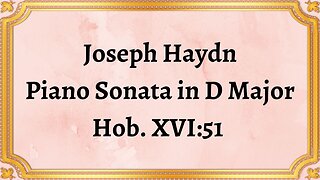 6:07
6:07
Classical music_Music Inspiration
10 days agoJoseph Haydn Piano Sonata in D Major, Hob. XVI:51
401 -
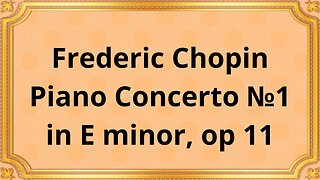 33:58
33:58
Classical music_Music Inspiration
2 years agoFrederic Chopin Piano Concerto №1 in E minor, op 11
15 -
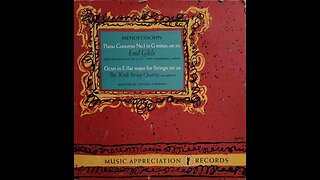 38:57
38:57
slavprussiaottomanfinlandUSUK
2 years agoMendelssohn, Thomas Scherman - Concerto No. 1 in G Minor For Piano and Orchestra, Op. 25 (Analysis)
33 -
 31:23
31:23
Classical music_Music Inspiration
2 years agoRobert Schumann Piano Concerto in A minor, Op. 54
19 -
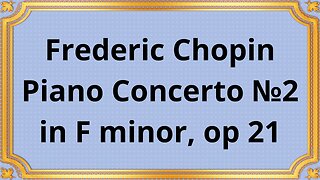 28:47
28:47
Classical music_Music Inspiration
2 years agoFrederic Chopin Piano Concerto №2 in F minor, op 21
13 -
 31:11
31:11
Classical music_Music Inspiration
2 years agoRobert Schuman Concerto for Piano and Orchestra in A minor, Op 54
31 -
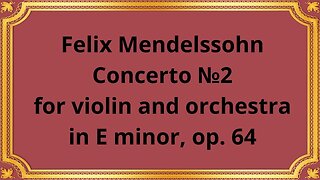 26:40
26:40
Classical music_Music Inspiration
2 years agoFelix Mendelssohn Concerto №2 for violin and orchestra in E minor, op.64
35 -
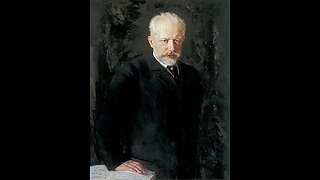 35:26
35:26
Яешiге уоuг бгaiпшaзн шiтн Яico
2 years agoPiano Concerto No. 1 in B-flat minor, Op. 23 - Пётр Ильи́ч Чайко́вский
9 -
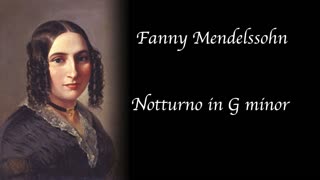 4:45
4:45
ClassicalMusic
2 years agoFanny Mendelssohn - Notturno in G minor
262 -
 12:32
12:32
Bearing
1 day agoAustralian Gender Clinic Caught SECRETLY Transitioning Kids 🤬🤬
53K79